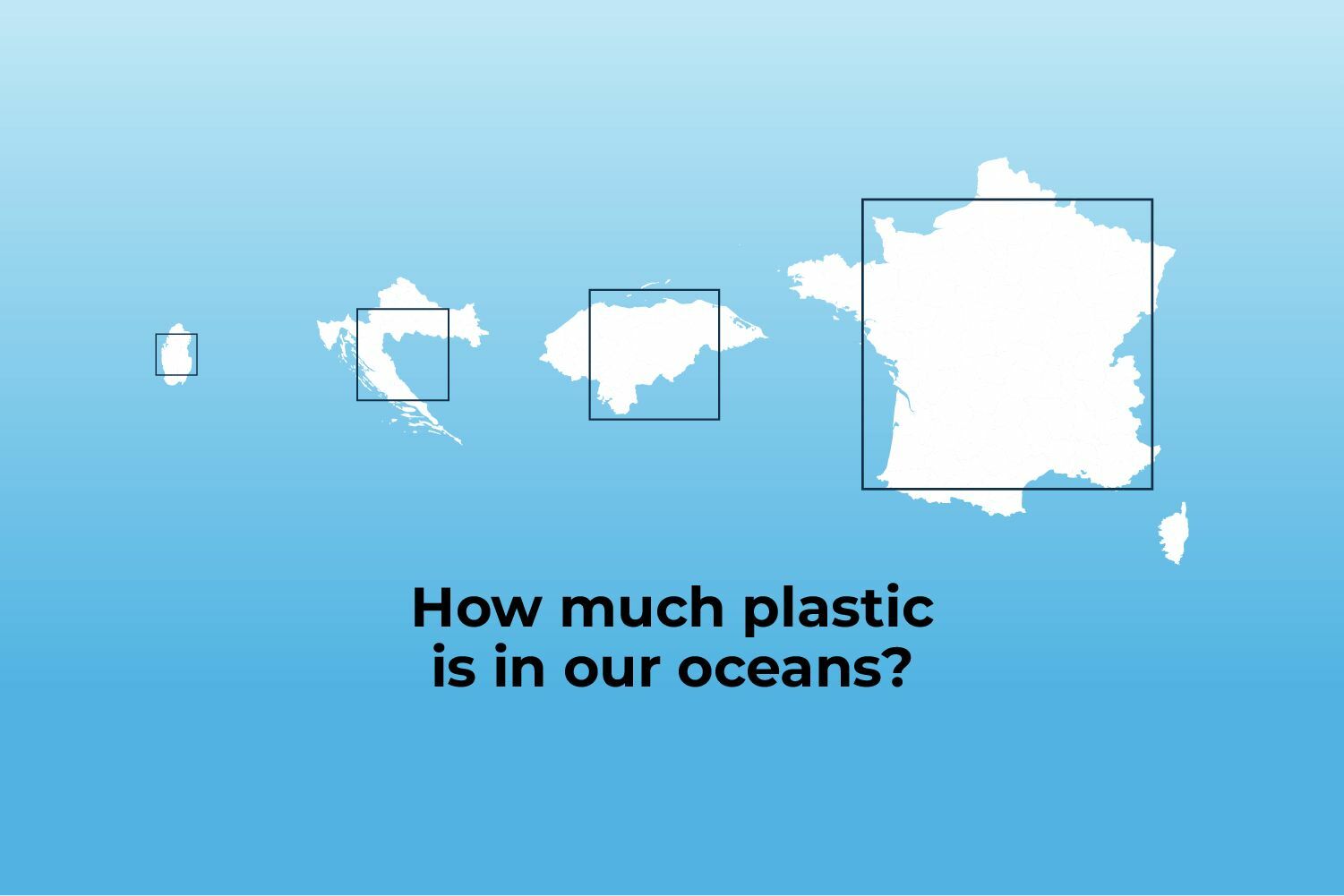World Ocean Day highlights alarming growth of plastic waste in seas

Annually, approximately 400 million tonnes of plastic products are manufactured globally, with nearly half utilised for single-use items such as shopping bags, cups, and packaging materials. It is estimated that 8 million to 10 million tonnes of these plastics end up in the ocean each year, covering an area of 11,000 square kilometres when flattened to the thickness of a plastic bag. To highlight the significance of the ocean and encourage its sustainable use and preservation, the United Nations has designated June 8 as World Ocean Day.
Plastic constitutes the majority of ocean litter, accounting for 80% of marine pollution. Most ocean-bound plastics result from improper waste disposal systems that release rubbish into rivers and streams. Additionally, discarded fishing nets and marine equipment contribute to the problem. Microplastics, measuring less than 5mm in length, are a significant environmental concern as they can be ingested by marine life, potentially causing harm to both animals and humans. It is estimated that between 50 trillion and 75 trillion microplastic pieces are currently in the ocean.
Limited research on the health effects of microplastic consumption by humans suggests that these particles can accumulate in organs such as the liver, kidneys, and intestines. There are concerns that microplastics could potentially cause inflammation, oxidative stress, and cellular damage. Erica Cirino, a science writer and author, emphasised that plastic particles contain toxic chemicals known to interfere with human and animal hormones, potentially leading to harmful effects over time.
A 2021 study published in Science Advances revealed that 80% of all plastics found in the ocean originate from Asia. The Philippines contributes more than a third (36.4%) of all ocean plastic waste, followed by India (12.9%), Malaysia (7.5%), China (7.2%), and Indonesia (5.8%). These figures do not include waste exported overseas, which may have a higher risk of entering the ocean.
The primary issue with plastics is their resistance to biodegradation, allowing them to persist in the environment for centuries and cause severe pollution problems. Plastics in the ocean tend to float on the surface for extended periods before sinking to the seafloor and becoming buried. While plastics on the ocean’s surface represent only 1% of the total plastics in the ocean, the remaining 99% are microplastic fragments located far below the surface.
Latest Thailand News
Follow The Thaiger on Google News:
























